*Note: Whilst this post is sponsored by Aeroflow in collaboration with the Chronic Illness Bloggers network, all opinions expressed are my own.
Table of Contents
The Added Chaos of Randomness
I was in a mad rush last week, checking off doctor appointments and errands before my trip to Taiwan. A holiday is always a welcome and happy event, but it probably wasn’t a good idea to run on a mix of adrenaline, coffee, a lack of sleep and new mental health issues right before it. The stress triggered a heart palpitation episode, something which I hadn’t had in over half a year. I was sitting at my desk doing some light work on the computer, when my heart started to pound, insistent for attention. I hurried to strap on my BP (blood pressure) machine, which is always by my bedside. The BPM (beats per minute) was ‘only’ at 140, which also happens during exercise or if you have a fever. For some people it can shoot up to beyond 200 BPM.
The Different Types of Heart Rhythm Disorders
There are many different kinds of heart rhythm disorders, such as atrial fibrillation, ventricular fibrillation (which typically causes cardiac arrests) and more. Mine is something called PSVT (paroxysmal supraventricular tachycardia), which I developed after my mitral valve repair in 2011. Irregular heartbeats are known as arrhythmias and fall under two categories – ventricular and supraventricular – depending on where it occurs.
The causes for an abnormal heart rhythm can be electrical, structural or circulatory. They range from abnormal electrical impulses (which can be further broken down to different types as well), to early contractions, fast impulses and more. If you have a healthy heart, your ECG (electrocardiogram) should show a sinus rhythm.
One of the Worst Years of My Life with Tuberculosis
In 2014, I caught TB (tuberculosis) from god knows where. No one else around me had it. I had to take TB medications under a watchful nurse’s eye every day for nine months. That was a horrible year for me, as those meds had serious interactions with my regular cocktail. It was the year I was diagnosed with major depressive disorder and anxiety, and when the PSVT wreaked havoc.
I would get a heart palpitation episode every three to four days, so it was a year of nonstop trips to the ER day and night. I became reclusive and had to be on constant high alert. I wasn’t allowed to leave the country, and needed someone else to stay with me whenever my partner left for a work trip.
Just about anything could set it off. I stopped drinking tea and coffee completely, as even decaf could trigger it. Mild physical or emotional strain, regular meds for the flu, certain foods and spices and other random things could mean yet another trip to the ER. There was no way to really tell, and that mental burden took quite a while to recover from.
Despite trying a variety of beta blockers and calcium channel blockers, seeing different cardiologists and heart rhythm doctors, no one could help with these episodes. Everyone just told me that I had to bear with it until the TB treatment concluded.
A Chance Encounter, and What a Junctional Rhythm is Like
I was ‘lucky’ in some sense, to get an episode right in the middle of a consultation with a new heart rhythm specialist who came highly recommended. She hooked me up to the ECG machine, and was able to determine for herself what it was all about.
She diagnosed it as a junctional rhythm, which can be a little tricky to perform a surgery on. Depending on the origin, a misstep could mean that I’d need a pacemaker for life. This was one of the main reasons why we both decided that it would be a better idea to rely on medications, until the TB treatment ended.
A junctional rhythm can be tricky as well in the ER, and many doctors have misdiagnosed it and refused me treatment. I suppose they’re more familiar with the common rhythm disorders such as AFib (atrial fibrillation). But my heart rhythm can be faulty even within the normal BPM range. In fact, it dropped to 86 BPM or so at the heart rhythm specialist’s clinic, which is as normal as can be.
For me it isn’t too dangerous when it’s within a normal range, but it can be uncomfortable, to the point where I’m unable to pay attention to anything else. And after every rhythm reset I would feel a wave of fatigue wash over me, one where I would always have to give in to no matter what I was doing. This was highly disruptive to my work and personal life. I stopped working full-time around this period, and I wouldn’t even be able to sit through a short movie.
Desperate Attempts to Correct My Irregular Heartbeats
I would try the Valsalva Manoeuvre, where you block your nostrils and blow hard, in hope that the pressure normalises the rhythm. This has never worked for me. Neither has splashing cold water or coughing.
Next I’d massage the carotid artery in my neck, which stimulates the vagus nerve, in an attempt to get it to release chemicals that would slow my heart rate down. (DO NOT try this unless instructed by your physician, as it can be dangerous.) Sometimes this would work, and I’d breathe a sigh of relief.
In the worst case scenario, I would take one or two tablets of my emergency meds (THE medication that you usually see people reaching out desperately for in TV dramas, before they suffer a heart attack. At least, that was always the thought that would pop into my head 😉 ) I would be reluctant to take these as I have a low BP, and was already on quite a high dosage throughout the day.
How I Cope with an Irregular Heartbeat at Home
During these episodes, I’d have my BP monitor strapped on for dear life, sometimes even for hours. I’d hit the start button over and over again, in hope for a sign of improvement. It was my practical ally in those moments of distress, as it provided me with continuous feedback about my heart.
With my BP monitor, I can tell exactly how fast or slow my heart is beating. The faster it beats, the higher the risk and urgency to go to the ER. It also tells me what my blood pressure is, and mine tends to fall on the low side even on a normal day.
This is important information, as I’m on a calcium channel blocker called verapamil, and medications such as these can plunge your BP even lower. A heart rate that is too slow can also be dangerous and cause side effects such as dizziness, breathlessness, or cardiac arrest in extreme cases. There is also a little indicator which tells me if my heart rhythm is abnormal.
While a BP machine does not cure or fix my heart problem, the data it provides is useful for planning my next course of action. It also brings me peace of mind, to be able to check on some of my vital signs in a heartbeat (pun intended). The automatic recordings are also useful if you’re working with your doctor to track and uncover trigger patterns.
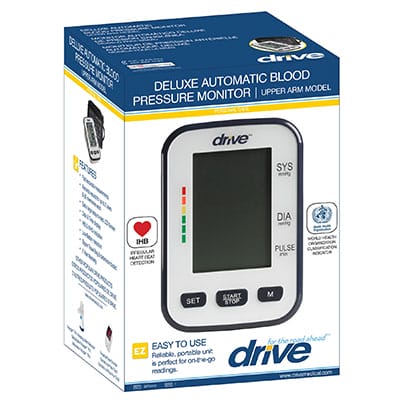
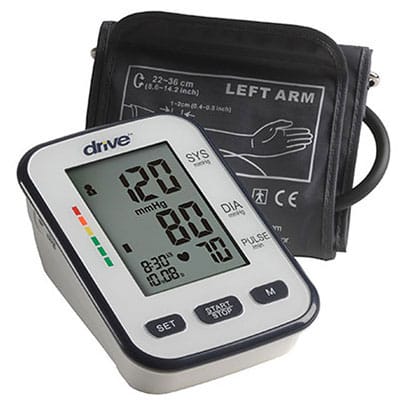
Where to Get a BP Machine & Why Choose Aeroflow?
You can get a blood pressure machine from Aeroflow’s online shop at a very affordable rate. They also offer a number of additional benefits, which include:
- The ability to purchase their products through your health insurance provider.
- Convenience of delivery right to your doorstep.
- A dedicated customer support team.
They are a leading DME (durable medical equipment) provider in the Southeast, and service patients throughout the U.S. with medical equipment through insurance. You can learn more about Aeroflow here.
Apart from heart rhythm issues, your BP and heart rate can also indicate other problems with your health, such as sleep apnea or thyroid disorders. As someone with chronic illnesses, my BP machine has become an essential tool for everyday life. I hope that getting your own BP machine at home will bring you just as much peace of mind as it did and does for me.
*Note: This article is based on my personal experiences, and nothing should be taken as medical advice. Always be sure to check with your doctor before you start on any new treatment or protocol, whatever that may be.
-
For More Insight:
- Other Heart Rhythm Disorders (heart.org): http://bit.ly/2DRinEH
- Beta blockers vs. calcium channel blockers (ncbi.nlm.nih.gov): http://bit.ly/2ODbef8
Read More: My Second Brush with Death: A Broken Heart (Literally)
If you liked this article, sign up for our mailing list so you don’t miss out on our latest posts! You will also receive an e-book full of uplifting messages, quotes and illustrations, as a token of appreciation!
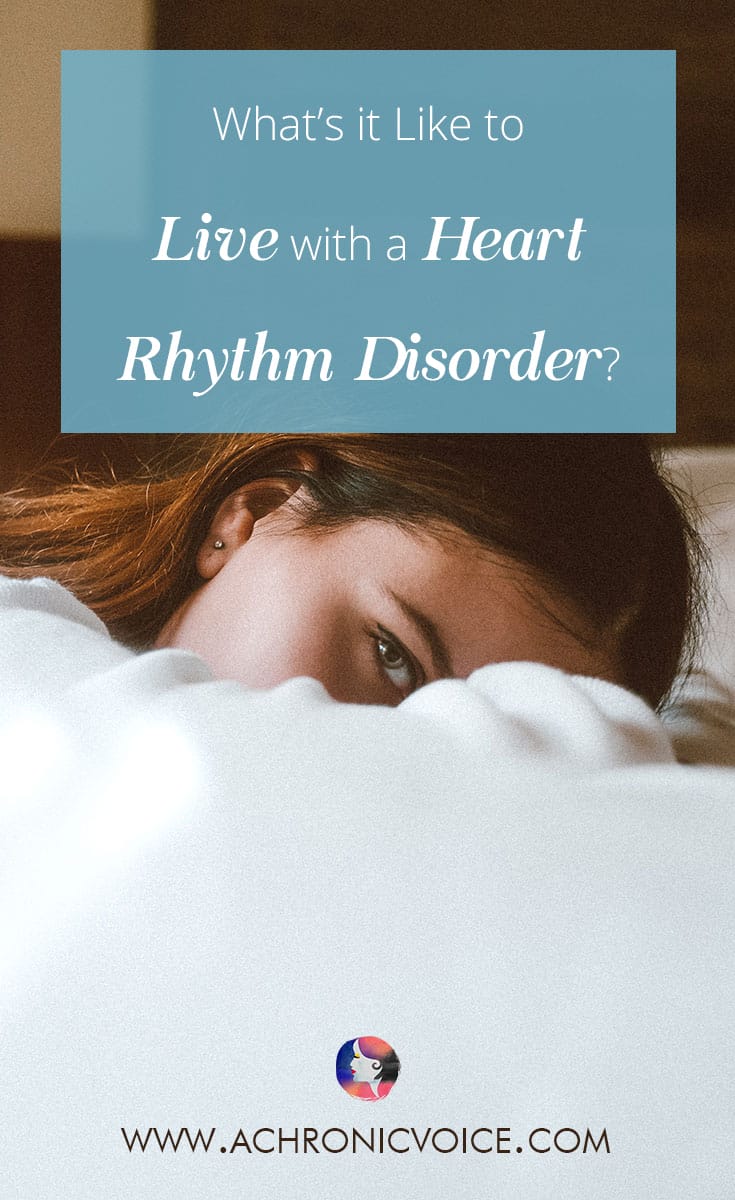
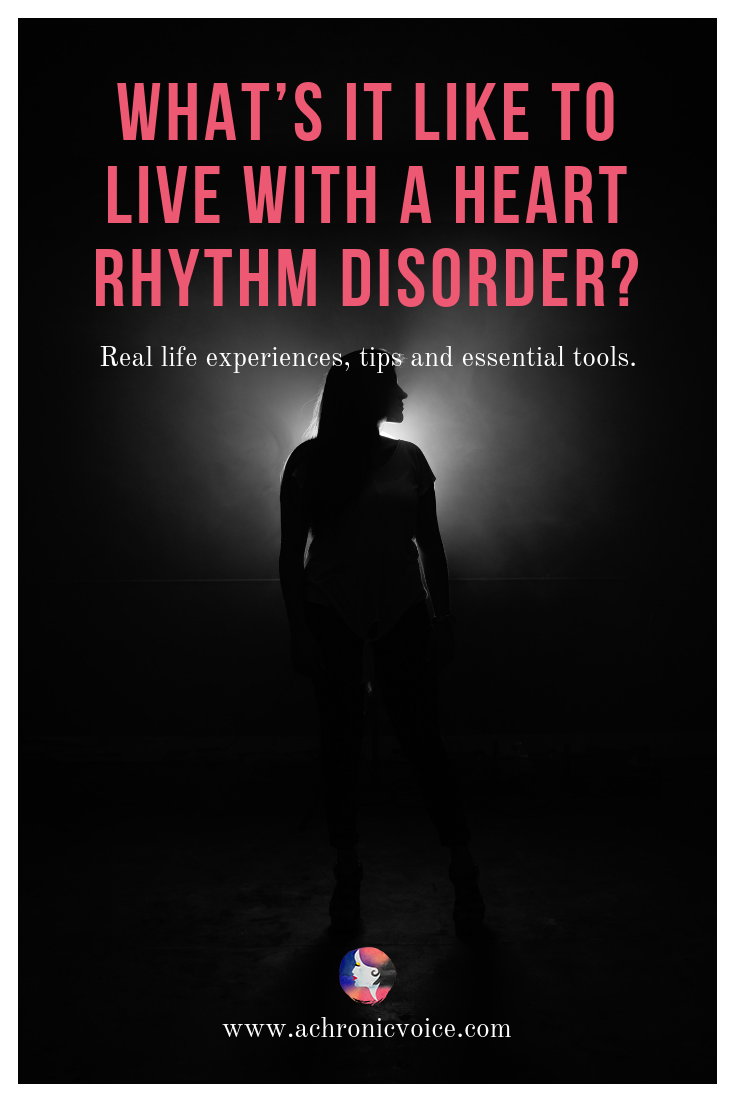
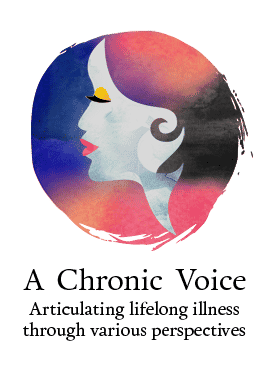
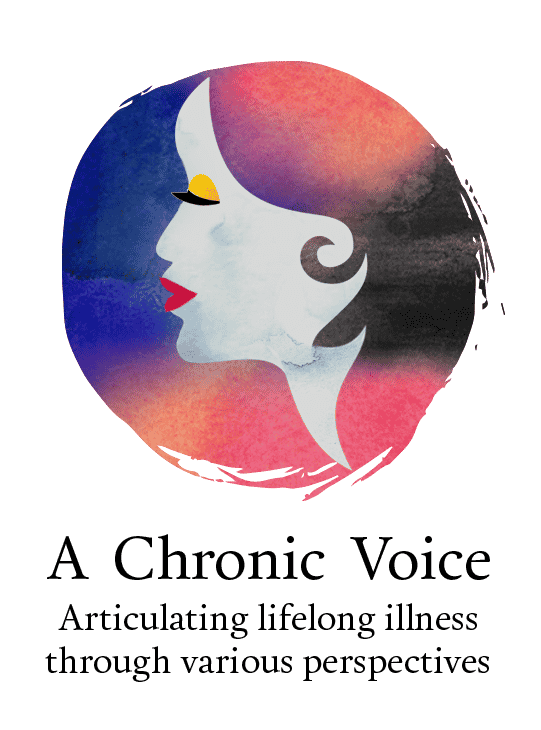
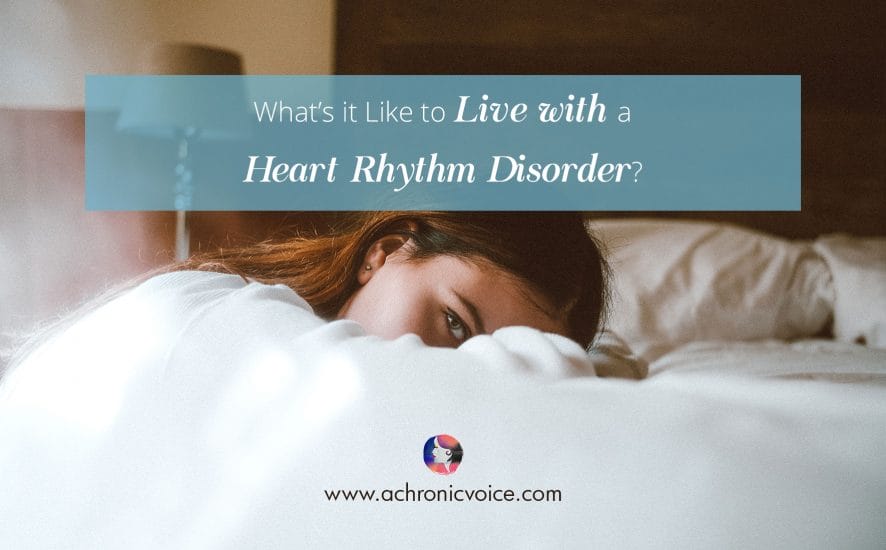
Oh wow! I did not know you had TB in 2014. Thank you for sharing. I can’t even imagine that on top of everything else. Sending love!
It is not easy to live with such issues and requires a strong mind. I hope you find some respite to this situation.
Thanks arv, it isn’t too bad, really! These articles capture the acute moments, but so far so good. Thank you for your concern though 🙂
I don’t have a heart rhythm disorder but struggle from low blood pressure which causes high heart rate. It’s a scary thing and I can’t even imagine how it must feel for you to live with this illness every day. Thanks for sharing your story!
Hi Kirsten, thank goodness it’s been pretty well controlled after my looong year of TB! That TB year really broke me with the combination (had to up my prednisone as well to body weight so you get the picture) 🙂 Thanks for reading as always x
It’s difficult indeed, and reading your chronicles, I feel it much more. Nothing we can say that will make things easier for you, but we have to gather the courage and strength to go on, along with medicines, and looking at life in a positive way, which you are already doing brilliantly.
Thanks for your kind comment, Anindya, and for taking the time to read! Yes it is what it is, we all do what we can 🙂